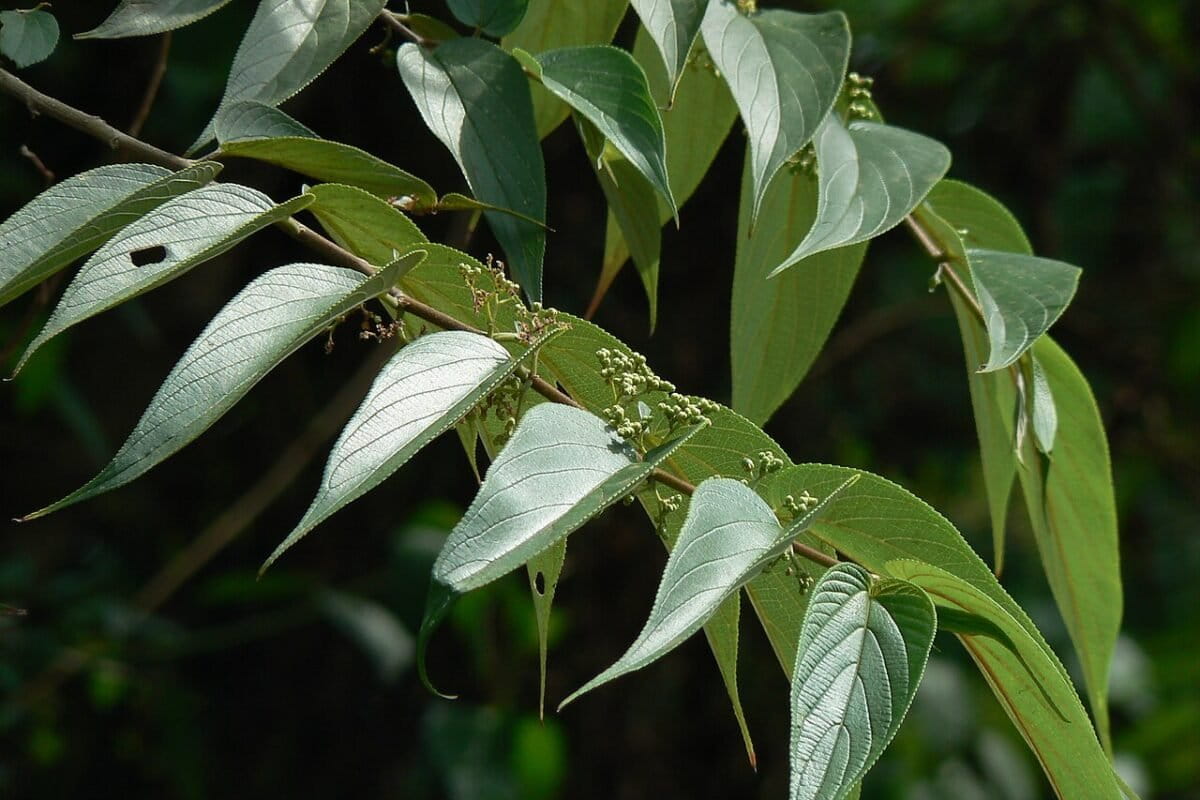- Considering its aggressive breeding nature and the threats the species poses to native fish populations, the Bangladesh government has recently banned suckermouth fish.
- The suckermouth catfish is mainly an aquarium species that was imported into Bangladesh in the 1980s as an ornamental fish and later introduced into water bodies that are home to the country’s main sources of native fish.
- However, in recent years, the number of suckerfish has increased manifold as local fish species have decreased.
- Earlier, in 2002, Bangladesh banned two other fish species: African catfish and piranhas.
Considering the invasive nature of the species, Bangladesh has finally banned the cultivation, breeding, transportation, sale and conservation of suckermouth catfish (Hypostomus plecostomus), as it gradually encroaches on local water bodies and puts local species at risk.
The Ministry of Fisheries and Livestock issued a gazette notification on Jan. 11 in this regard, said Md. Zia Haider Chowdhury, a senior official of the Department of Fisheries.
With an aim to declare the species as invasive and harmful to other aquatic species, on Sept. 25, the ministry issued a public notification to elicit comments from the public as well as experts on the decision to declare the fish “malicious and banned” by amending the existing Protection and Conservation of Fish Act 1950.
Prior to that, the Bangladesh Fisheries Research Institute (BFRI) conducted a study to find out the reasons behind the abundance of this exotic species and its negative impacts on local fish resources.
Researchers found the species to be different from the other local species due to its omnivorous dietary habits as well as higher reproductive capacity, said Md. Anisur Rahman, director of BRFI, who led the study.
“Based on our findings and concern over our local fishes, we termed the fish species as malicious,” he said, adding that the fish species even grows and breeds in extremely polluted water like the Buriganga River, where the level of dissolved oxygen is far below acceptable levels.
Another study on U.S. aquatic habitats also suggested suckermouth catfish have unusual food habits as well as reproduction capacity, which together made them densely populated and larger in size, turning them into threats to native fish species.
The study, conducted by the U.S. Army Engineer Research and Development Center, mentioned the species as a potential cause of disruption of aquatic food chains and threats to native species and aquatic plant communities.


Other banned fishes in Bangladesh
As per the Protection and Conservation of Fish Act 1950 (amended in 2002), the banning of any fish or aquatic species culture in any of the country’s water bodies requires an amendment to the act.
Considering the threats posed by African catfish and piranhas, the government has included those two as banned fish species in the act of while in 2002.
Zia Haider Chowdhury told Mongabay, “We have already issued notification for banning the suckermouth fish, which will be included in the next amendment of the act,” which is expected soon.
Data show that Bangladesh produces around 4.6 million tons of fish from three different sources: capture, culture and marine, which are considered the major and available sources of protein for local people. As per the International Union for the Conservation of Nature, around 260 varieties of freshwater fish species exist in the country.
Banner image: A suckermouth catfish. Image courtesy of Bangladesh Fisheries Research Institute.
Habitat loss, climate change threaten Bangladesh’s native freshwater fishes with extinction
Citations:
Hoover, J. J., Killgore, K. J., & Cofrancesco, A. F. (2004). Suckermouth Catfishes: Threats to Aquatic Ecosystems of the United States? Retrieved from U.S. Army Corps of Engineers Engineer Research and Development Center website: https://www.researchgate.net/publication/255635508_Suckermouth_Catfishes_Threats_to_Aquatic_Ecosystems_of_the_United_States
IUCN Bangladesh. (2015). Red List of Bangladesh Volume 5: Freshwater Fishes. Retrieved from https://portals.iucn.org/library/sites/library/files/documents/RL-549.3-003-v.5.pdf














